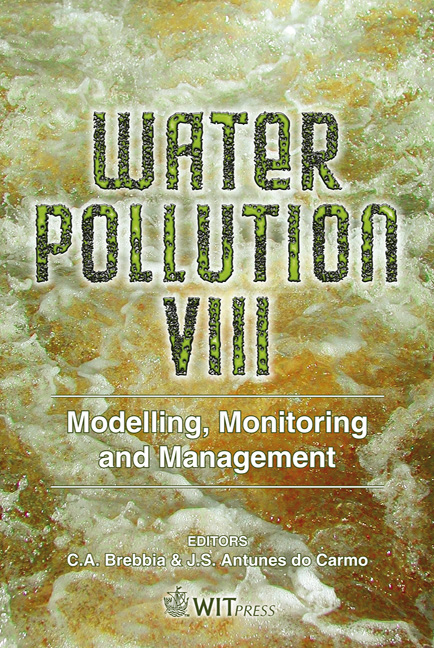Estimation Of User Benefit For River Water Quality: Indian Case Study
Price
Free (open access)
Transaction
Volume
95
Pages
11
Published
2006
Size
465 kb
Paper DOI
10.2495/WP060071
Copyright
WIT Press
Author(s)
S. B. Imandoust
Abstract
One of the most important problems in Indian cities is river pollution. Pune city is an industrial city in India that has three rivers. One of these is called Pavana that is located in an industrial area. In this study, researchers tried to find the user benefit, and the Contingent Valuation method was utilized for valuation of the river water quality in the Pavana River. Five categories of users have been chosen and then interviewed: householders, farmers, fishermen, washing clothes women, and people who bathe in the river. All these five directly use Pavana River, thus river water quality is very important for them. Researchers covered a distance of up to one kilometre each side of the river for sampling with 305 people interviewed. The average amount of those willing to pay was estimated at 17.6 Rs per family per month by researchers. With the use of the latest data, total user benefit has been estimated for all the people who live near the Pavana River. Finally, recommendations are presented for improving river quality in Pavana. This research shows Contingent Valuation is applicable in developing countries and river water quality is very important for people in Pune city. Keywords: contingent valuation, willingness to pay, water pollution. 1 Introduction Three rivers flow through Pune Metropolitan region, Mula, Mutha and Pavana. These rivers provide many services to the society. We need rivers because they are the source for drinking water, irrigation, fishing and so on. But it is felt that the quality of water in the Pune rivers should be improved. Unfortunately, all three rivers are highly polluted with untreated domestic sewage and industrial effluents.
Keywords
contingent valuation, willingness to pay, water pollution.





